PRESENTATION: Andrea Orejarena & Caleb Stein-Tactics and Mythologies
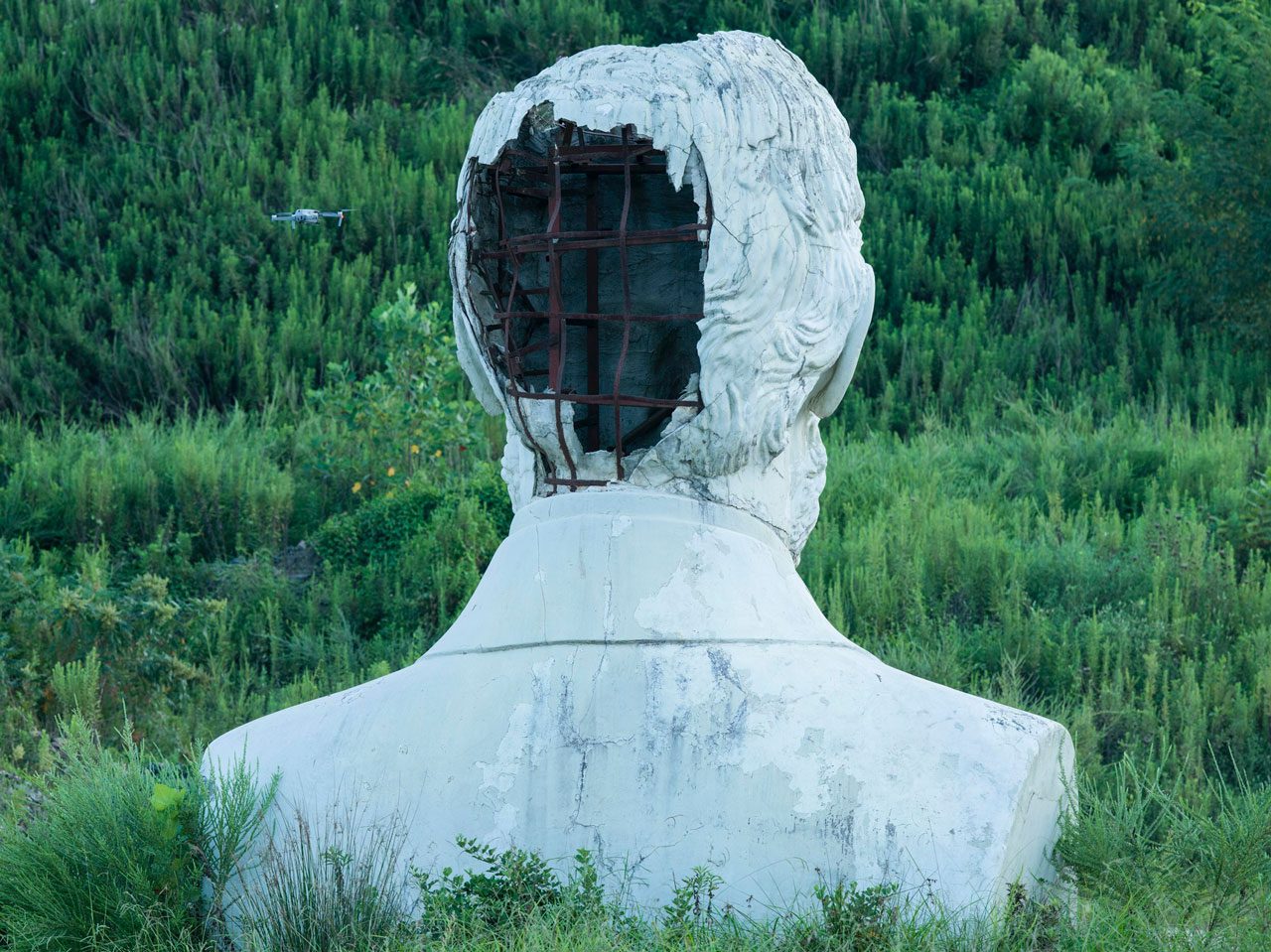 Andrea Orejarena and Caleb Stein are a multimedia artist duo currently based in New York. Their work uses the intersection of technology, memory, and desire to explore American mythologies and narratives as they grapple with their relationship to the country that has become their adopted home. Orejarena & Stein are fascinated with the emergent property that comes with making each photograph together with a single camera. Their work explores notions of the collective and collaboration in an often individualistic medium. Their work often involves extensive research into how their images relate to collective image making and the ocean of images surrounding us.
Andrea Orejarena and Caleb Stein are a multimedia artist duo currently based in New York. Their work uses the intersection of technology, memory, and desire to explore American mythologies and narratives as they grapple with their relationship to the country that has become their adopted home. Orejarena & Stein are fascinated with the emergent property that comes with making each photograph together with a single camera. Their work explores notions of the collective and collaboration in an often individualistic medium. Their work often involves extensive research into how their images relate to collective image making and the ocean of images surrounding us.
By Efi Michalarou
Photo: Deichtorhallen Hamburg Archive
The new exhibition and event series “Viral Hallucinations,” taking place from 2024 to 2026 at the temporary House of Photography at the Deichtorhallen Hamburg, addresses the role of photographic and AI-generated images in the growing societal influence of conspiracy theories. Through exhibitions, lectures, and workshops, contemporary visual cultures will be presented, which navigate between the spheres of humor, ideologies, and systematic disinformation. The title of the series “Viral Hallucinations” refers to the widespread dissemination of conspiracy theories, which are packaged as photographic observations, shared millions of times through synthetic images or as memes, and thus spread like swarms across the networks of global social media platforms. This rapidly growing field of digital visual cultures on social networks plays with nuances, as some users interpret the content humorously, while others take it seriously. The first exhibition of the series introduces the New York duo Andrea Orejarena and Caleb Stein. “Tactics and Mythologies” presents a photographic road trip through the visual worlds of viral conspiracy theories. The photographic and film works of Orejarena & Stein explore simulation techniques and the narratives of disinformation. An example of viral hallucinations is the “documentation” of a glitch in reality, known in English as “Glitches in Real Life.” This new type of imagery assumes that reality is an immersive simulation à la “The Matrix” and “The Truman Show” controlled and manipulated by “powers.” According to this conspiracy theory narrative, the glitch exposes the simulation and thus “proves” the theory. Over four years, Orejarena & Stein have built an unusual archive. They collected over 2,000 photographs and AI-generated images perceived as such, which circulate online in the context of conspiracy theories. Their artistic archive reveals a repertoire of image types, codes, patterns, and motifs that manifest a dynamic typology and ever-growing visual world of disinformation. This engagement with images that, sometimes with a wink, sometimes with a paranoid gaze, question our relationship with reality has been further developed by Orejarena and Stein into their own photographic concept. This concept loosely follows an atlas of conspiracy theory sites in the U.S. Their series “American Glitch” documents the landscapes of the U.S., starting from viral visual worlds as a simulation. By analyzing the metadata of image files—such as locations marked on social media or other contextual information from the collected images—the artists were able to trace the origins of the archived images. This resulted in the first cartography of conspiracy theory sites in the U.S., which forms the starting point of the exhibition “Tactics & Mythologies.” Following this map, the artists traveled across the U.S. to document it as a “simulation.” Their photographs, taken frontally with a digital Hasselblad medium-format camera and symmetrically composed, align with the visual tradition of canonical conceptual photographers like Ed Ruscha and documentary-motivated projects aimed at “mapping” the U.S. through photography. In the exhibition the large-format photographs are displayed for the first time in a spatial dialogue with the dynamic, projected image archive developed by the artists. The collected images are projected as temporary constellations onto transparent cubes, moving like swarms of viral hallucinations past the expansive landscapes, stage-set architectures, and surreal-looking locations captured in Orejarena & Stein’s photographs. Through the artistic systematization of the 2,000 collected images by image types and visual patterns, the installation offers a comprehensive insight into the current visual cultures of popular simulation theories and conspiracy narratives. In doing so, “American Glitch” also implicitly raises the question of how self-learning systems and algorithms, which organize online visibility, process conspiracy theory images and generatively reproduce their patterns.
Since their project “Long Time No See” (2015-2020), the duo Orejarena & Stein has been addressing the pressing question of what role photography can play in the interplay between perception and imagination today. “Long Time No See,” created in collaboration with young Vietnamese artists and veterans near Hanoi, explores the artistic engagement with the contemporary memories and consequences of the Vietnam War. Through poetic portraits and landscape views, “Long Time No See” traces a visual search for the nuances of dissonant historical narratives and image forms between documentation and subjective perception. The project critically reflects on American conventions of war representation and experiments with collaborative photographic forms. “Research Station Mars Desert” (2021). The research station marks a location in the Utah desert, primarily funded by Elon Musk’s foundation, where scientists and space enthusiasts conduct simulations for the psychological conditioning of life on Mars. Groups of scientists and space enthusiasts gather for two to three weeks, during which they can only go outside in full space gear after spending some time in a compression and decompression chamber. The participants eat dehydrated space food, sleep in cramped quarters, and have limited contact with ‘Earth.’ We first heard about this place because we were told a story that may or may not be true (we still don’t know). According to the story, a scientist couple participated in the simulation. One day, the female scientist was outside the ‘space habitat,’ and a small part of her hand was exposed to the simulated atmosphere when her glove briefly fell off. Technically, this was a ‘breach of the simulation.’ The rest of the MDRS crew had to decide whether to allow the scientist back into the habitat to continue the simulation. The entire crew believed it was a relatively minor contamination that was properly mitigated, except for one male scientist, the husband of the female scientist, who felt the contamination was too severe and that she should be ‘voted off the island,’ so to speak. We photographed this location in 2021 after hearing this story and reading countless articles and stories online about what had happened at MDRS. We tried to gain entry to photograph the simulation ourselves but were denied access, so we sought the support of The New York Times, which commissioned us to return and participate in the simulation in November 2023. A long article was published online and in print in The New York Times in December 2023 in the ‘Opinion’ section.”
Photo: Andrea Orejarena & Caleb Stein, Abraham Lincoln & Drone. 2021, © Orejarena & Stein, Courtesy Palo Gallery, NY
Info: Curator: Nadine Isabelle Henrich, Deichtorhallen Hamburg, PHOXXI –Haus der Photographie Temporär, Deichtorstraße 1–2, Hamburg, Germany, Duration: 7/9/2024-26/1/2025, Days & Hours: Tue-Sun 11:00-18:00, www.deichtorhallen.de/


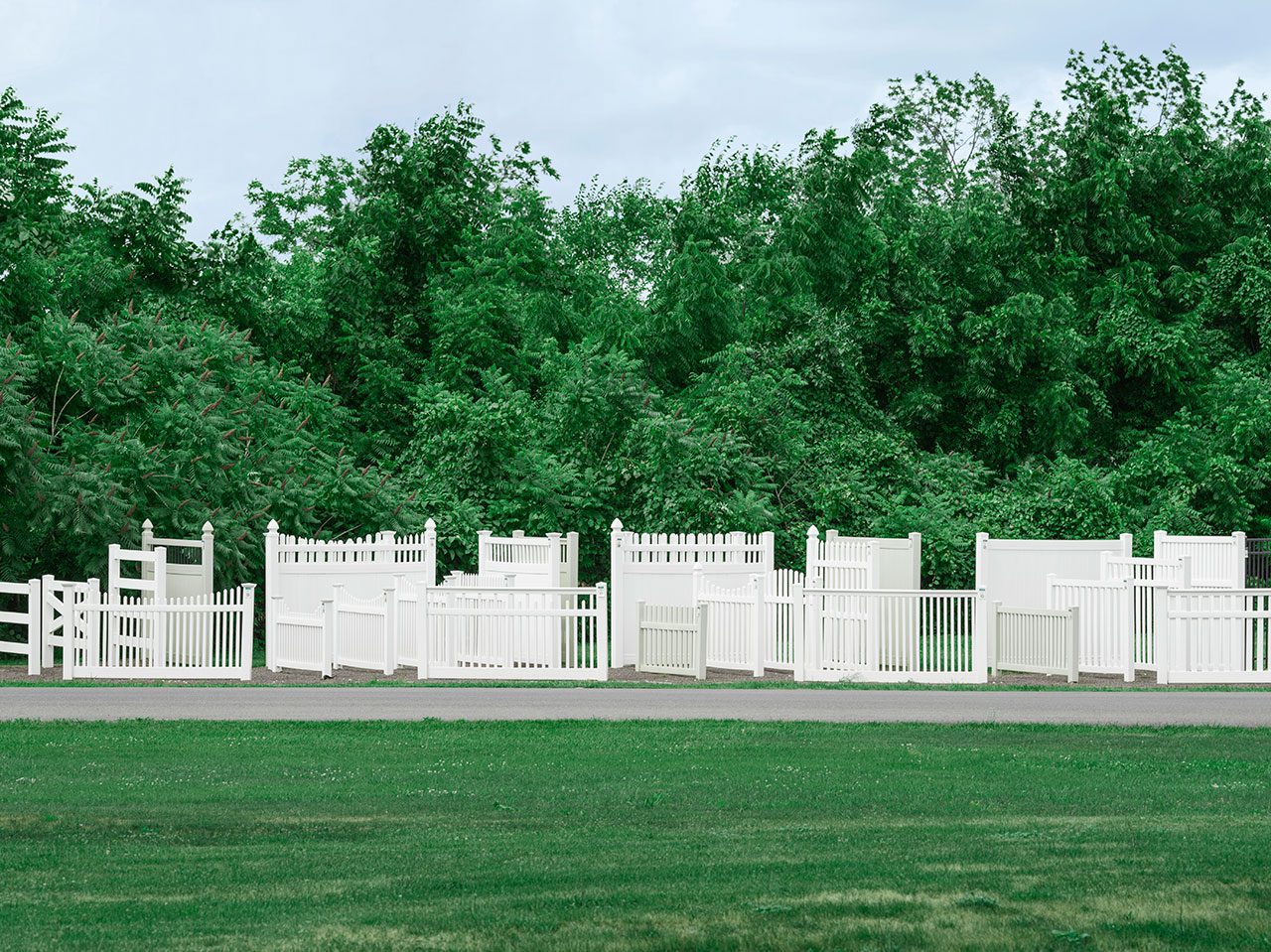
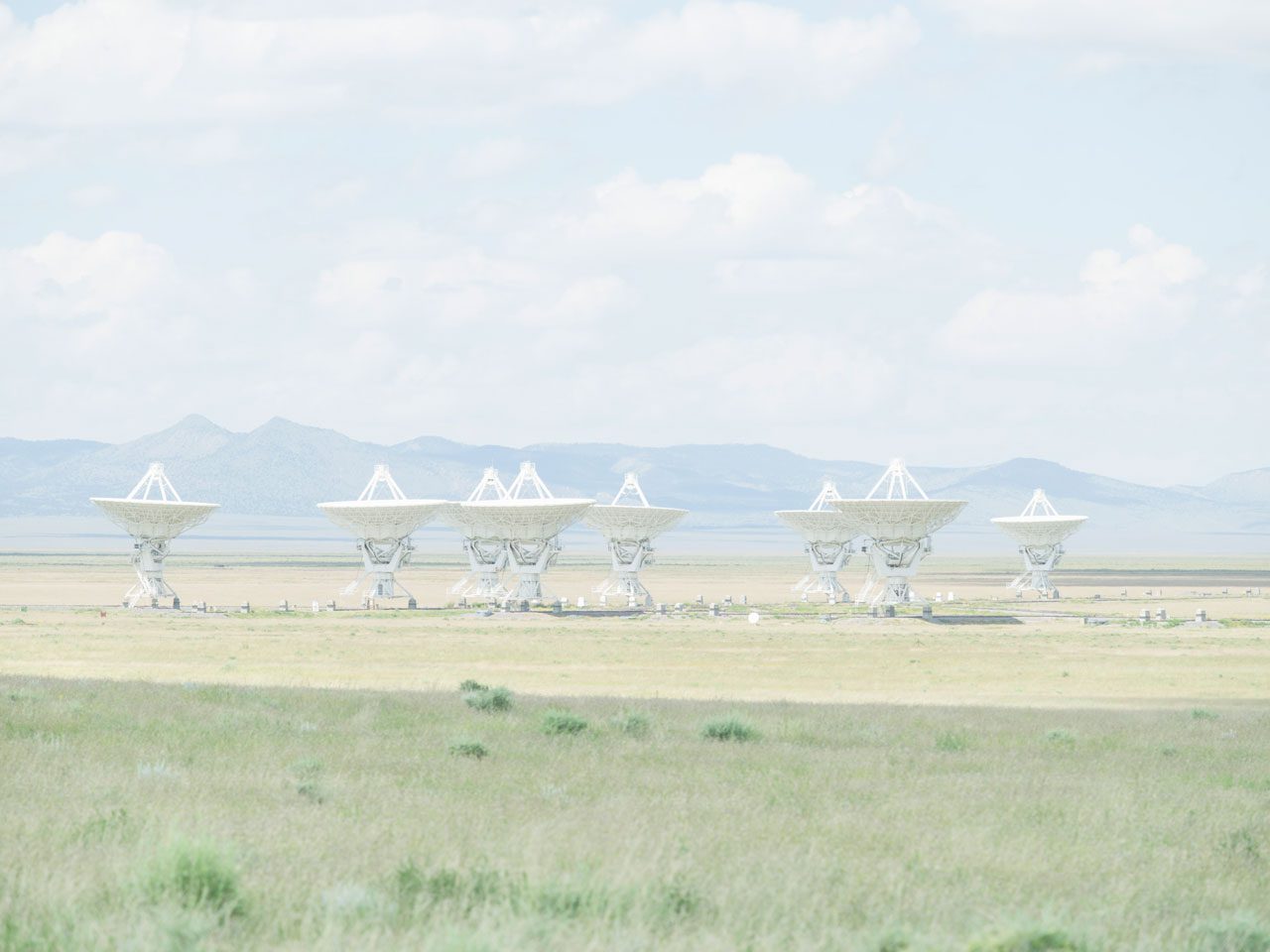

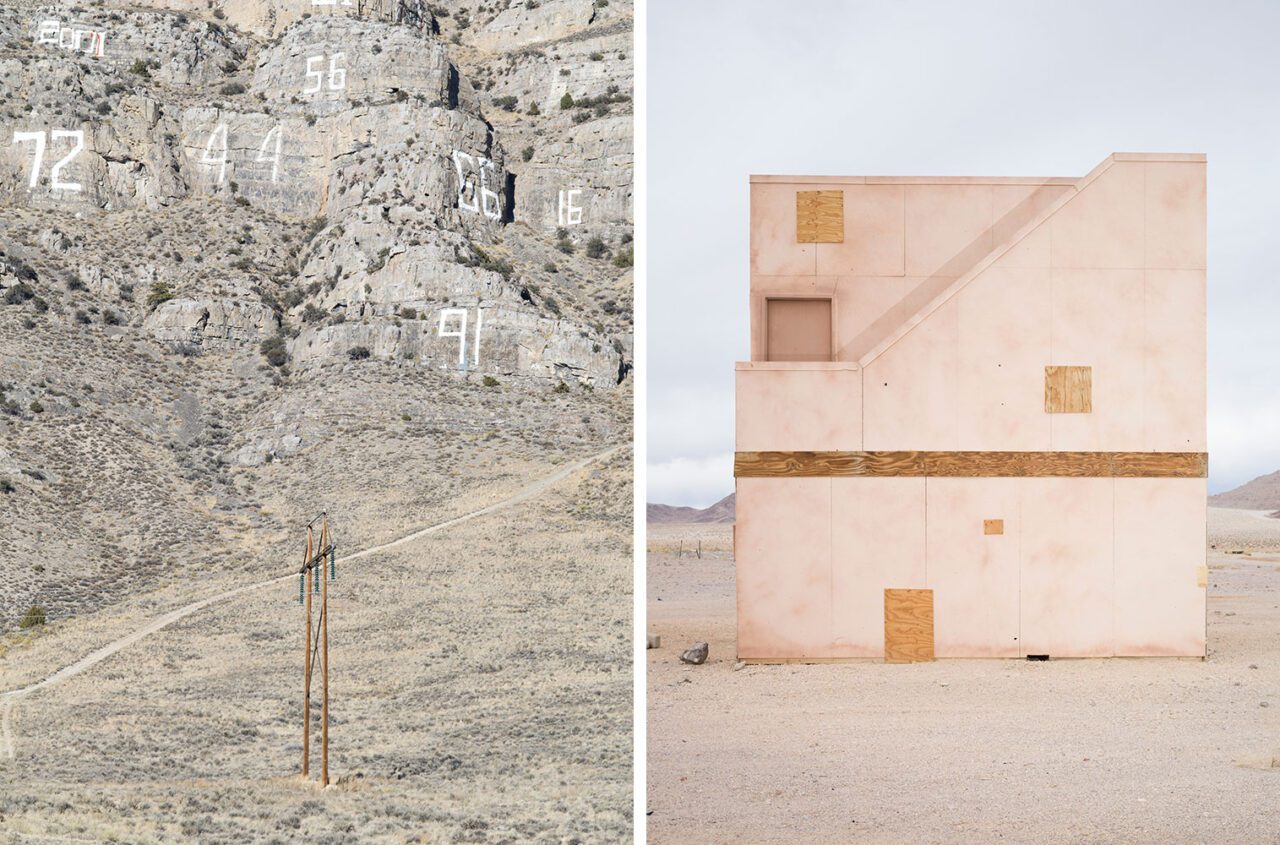
Right: Andrea Orejarena & Caleb Stein, Pink Desert Facade, 2022, © Orejarena & Stein. Courtesy Palo Gallery, NY
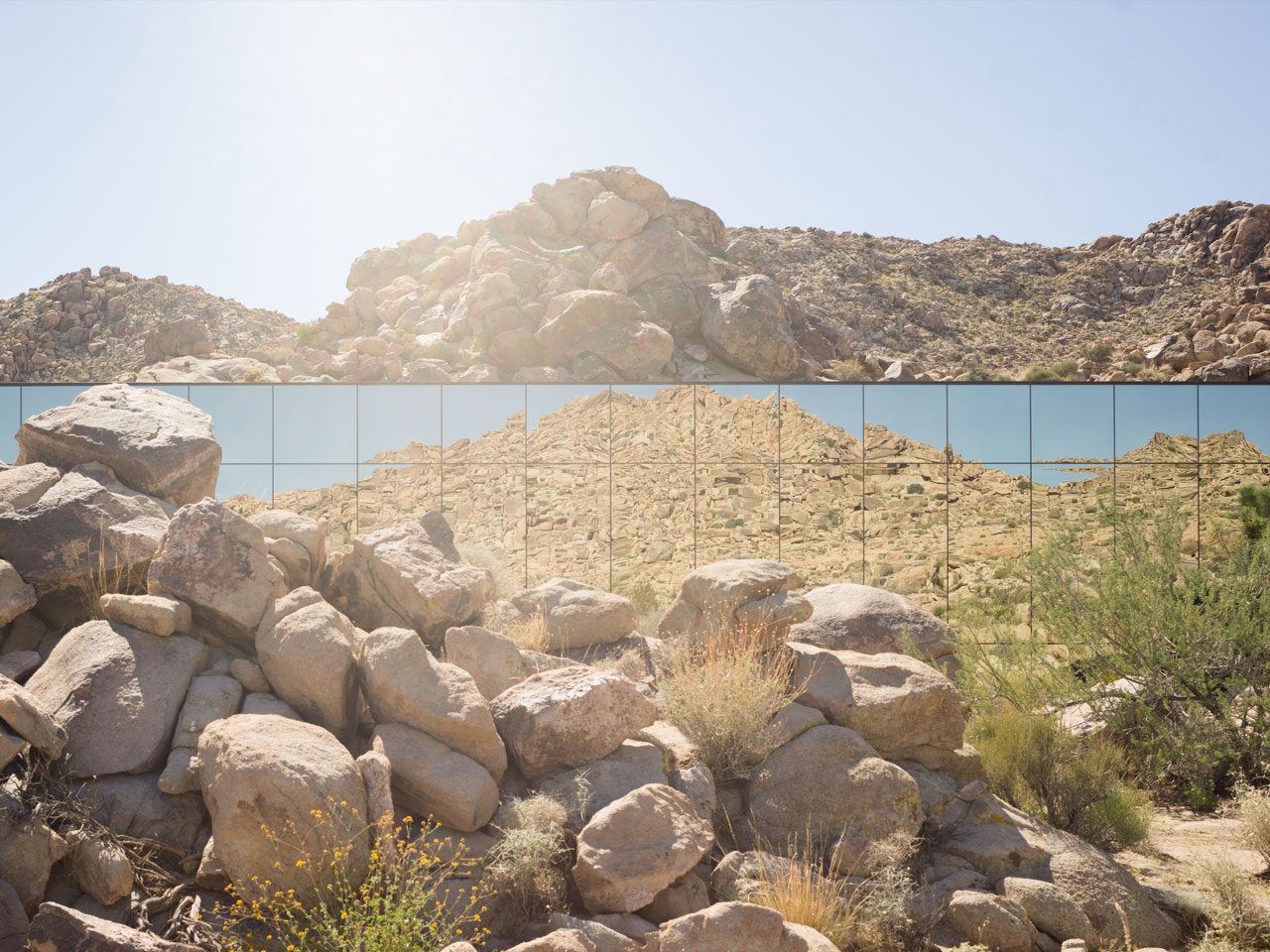
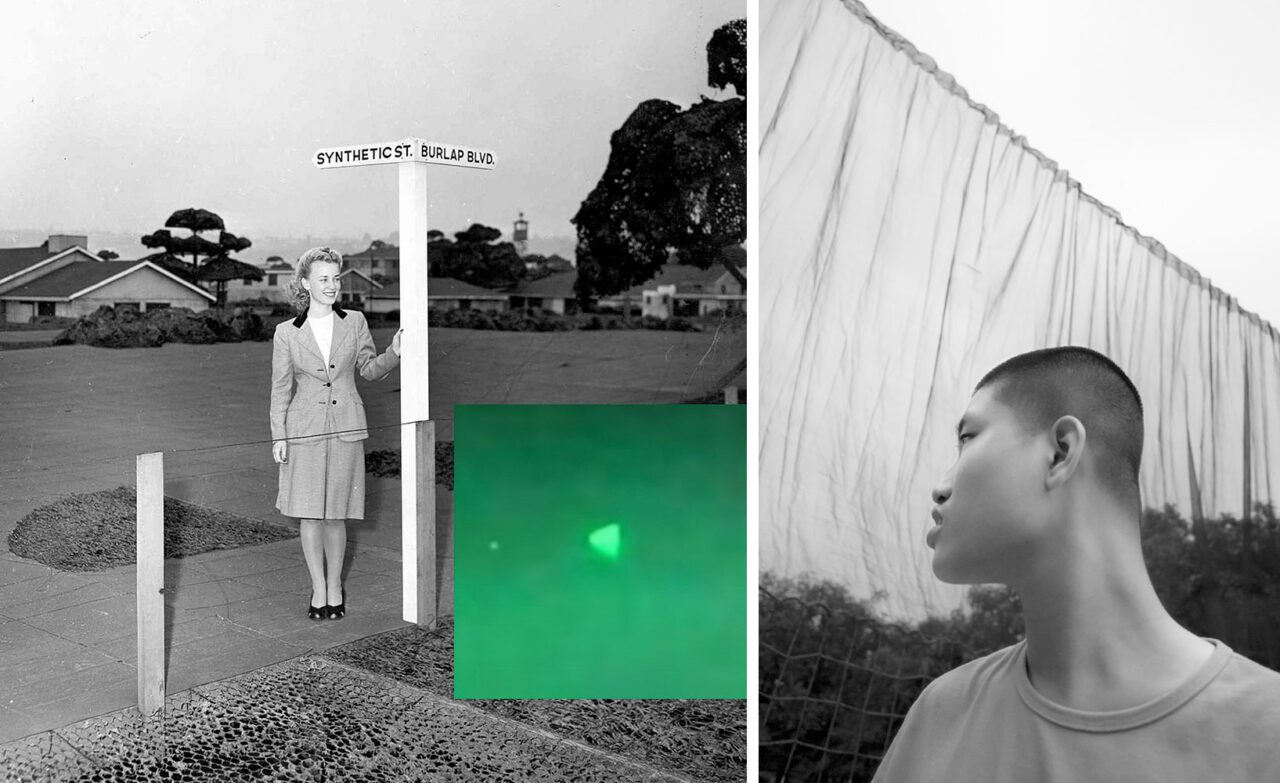
Right: Andrea Orejarena & Caleb Stein, from the Series “Long Time No See, Nam”, 2019, © Orejarena & Stein. Courtesy Vin Gallery, Hanoi


